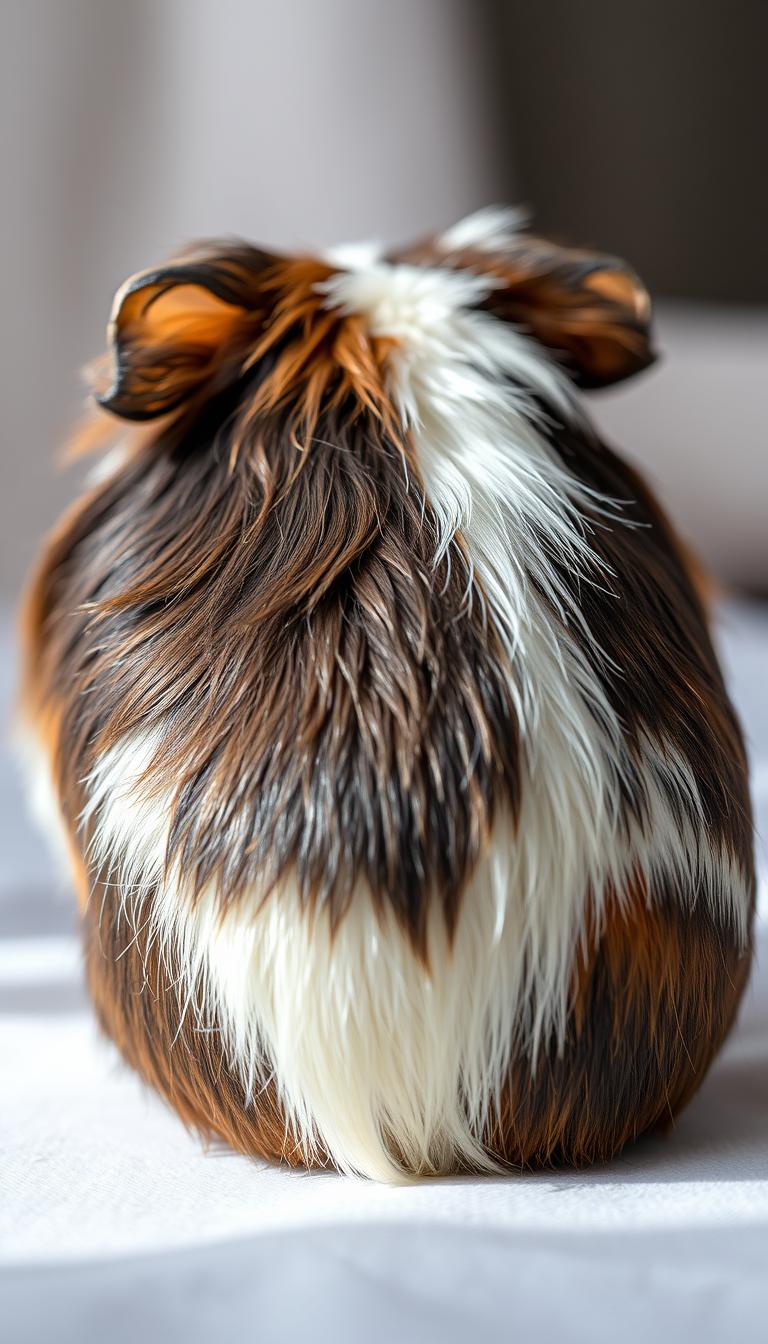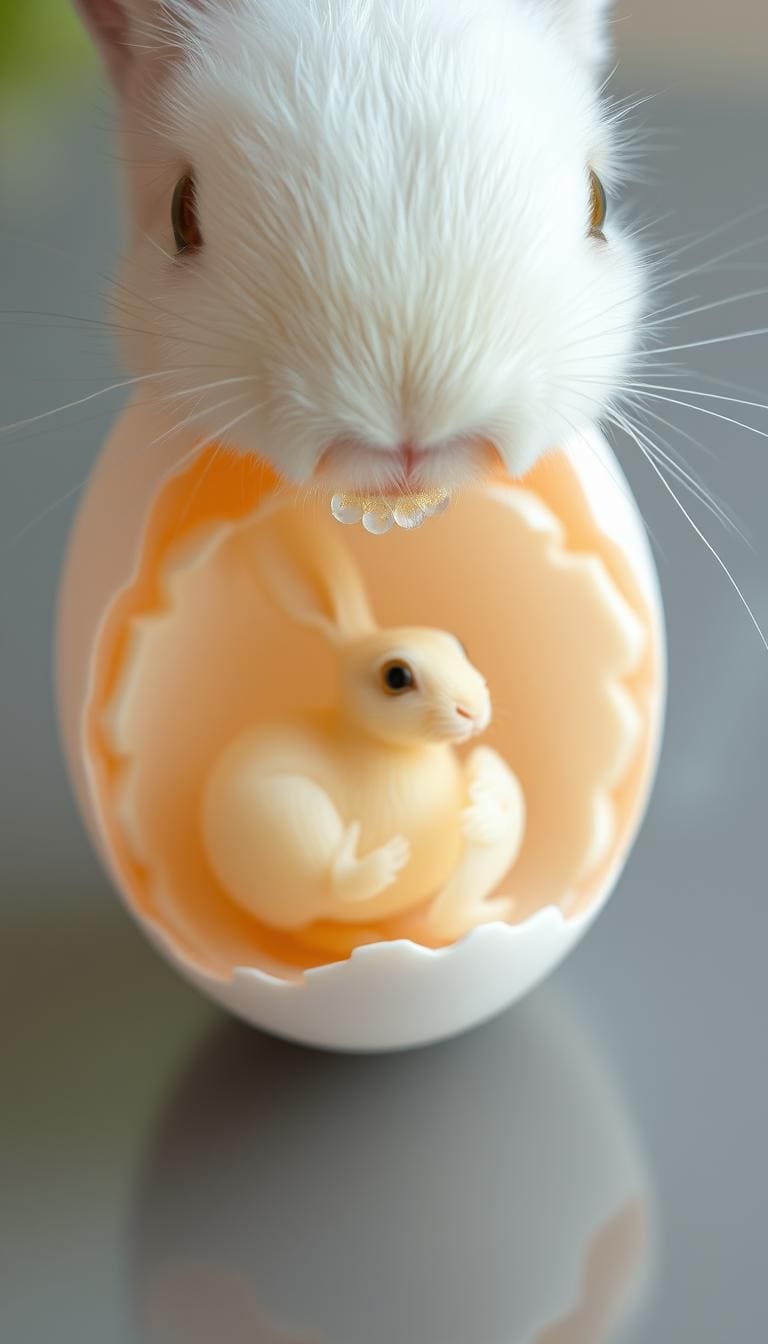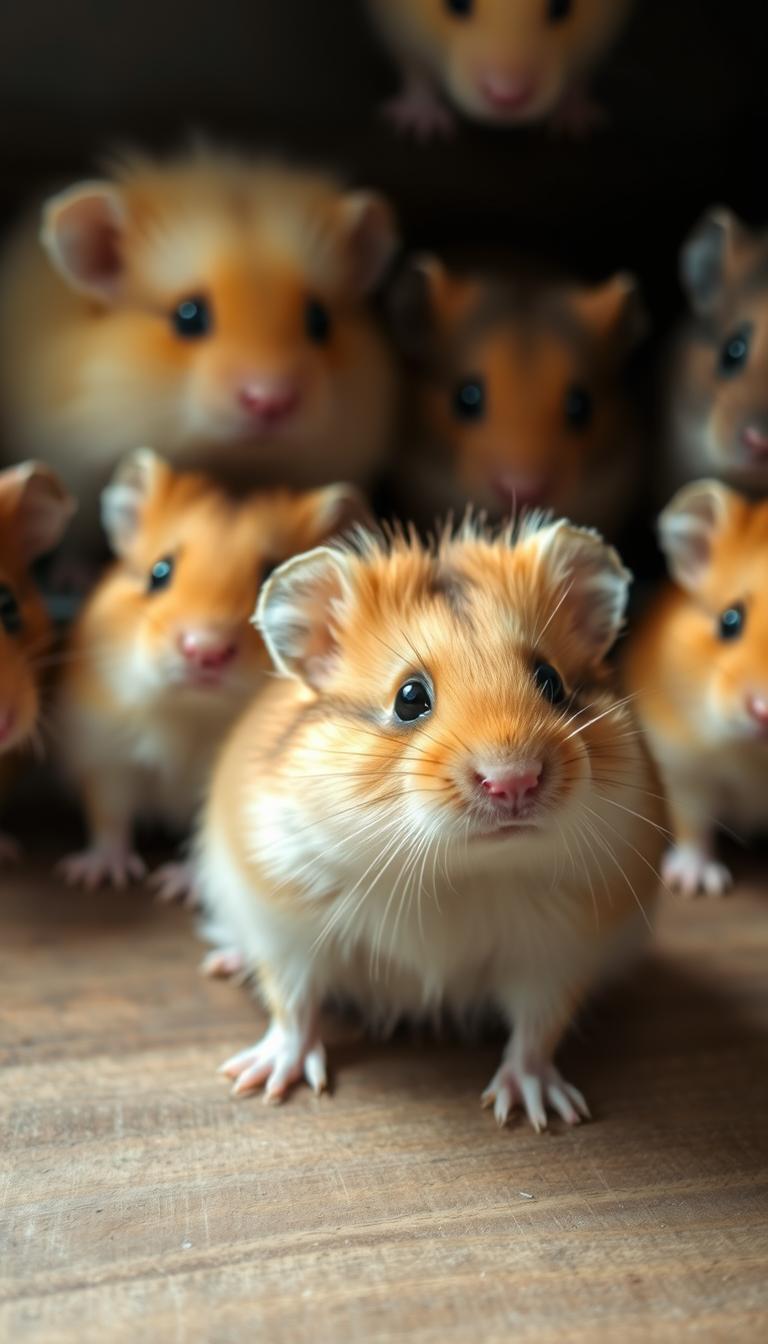Many small furry companions experience natural coat changes throughout their lives. These soft-haired friends maintain their signature fluff through regular renewal processes similar to other mammals. Seasonal temperature shifts and overall health maintenance play key roles in this biological phenomenon.
Different varieties show distinct fur patterns. Long-coated breeds tend to leave more loose strands year-round, while short-haired counterparts have less noticeable shedding. Some nearly hairless types still produce skin particles that might affect sensitive owners, proving no pet is completely allergy-free.
Monitoring your companion’s coat helps spot potential issues early. Typical daily fur loss appears evenly distributed, while patchy areas or skin irritation could signal nutritional gaps or stress. Gentle brushing sessions become bonding opportunities while managing loose hairs effectively.
Even bald varieties require special care despite lacking visible shedding. Their delicate skin needs protection from temperature extremes and regular checks for dryness. Understanding these nuances helps create the best environment for your unique pet’s needs.
Table of Contents
Understanding the Natural Hair Cycle of Guinea Pigs
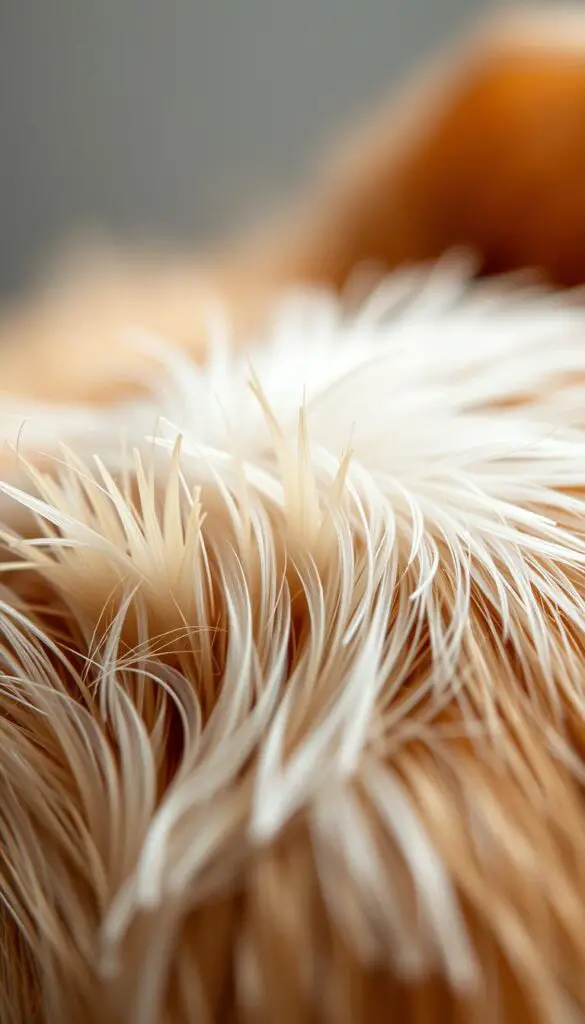
Hair growth in guinea pigs isn’t random—it follows a precise cycle. This biological process ensures their coat stays healthy and functional throughout their life. By learning about these phases, you can better care for your pet’s fur and spot potential issues early.
The Four Phases: Anagen, Catagen, Telogen, Exogen
| Phase | Duration | Key Activity |
|---|---|---|
| Anagen | Weeks to years | Active hair growth |
| Catagen | Days to weeks | Follicle shrinkage |
| Telogen | Weeks to months | Follicle rest period |
| Exogen | Variable | Natural shedding |
How the Cycle Affects Coat Health
During anagen, new strands push old hairs outward. Long-haired breeds spend more time in this phase, creating denser coats. The telogen phase leaves hairs loosely attached—gentle brushing easily removes these strands without irritation.
Seasonal changes trigger exogen shedding. You might notice more loose fur during spring and fall. A balanced diet rich in vitamin C supports all phases, while stress can disrupt the cycle. For detailed tips, explore our guide on managing coat changes effectively.
Normal Shedding vs. Abnormal Hair Loss

Recognizing typical fur renewal patterns helps you monitor your pet’s wellness effectively. Regular coat maintenance occurs through gradual hair replacement, keeping their insulation balanced. Seasonal shifts might increase loose strands temporarily, but these changes shouldn’t disrupt daily activities.
Typical Fur Renewal Patterns
Healthy coat renewal shows even hair distribution across their body. You’ll find occasional loose strands in bedding or during gentle brushing. No visible skin patches appear, and your pet remains active and comfortable.
| Characteristic | Normal Shedding | Problematic Loss |
|---|---|---|
| Fur Distribution | Even across body | Patchy areas |
| Skin Condition | Smooth, no redness | Flaky or irritated |
| Behavior Changes | None | Scratching/lethargy |
Warning Signs in Coat Condition
Thinning areas around the face or sides demand attention. Watch for excessive scratching or crusty skin textures. Behavioral shifts like reduced appetite often accompany medical issues needing veterinary care.
Seasonal shedding peaks during temperature transitions but never causes complete baldness. If brushing reveals clumps rather than individual hairs, consider scheduling a health check. Proper nutrition supports coat resilience against environmental stressors.
Seasonal Shedding and Environmental Influences
Your furry friend’s coat changes mirror nature’s rhythms. Temperature shifts and daylight variations trigger biological responses that maintain their comfort. These adaptations help them stay cozy in cold months and cool during summer heat.
Shedding in Spring and Fall
Spring brings dramatic coat transformations as days lengthen. You’ll find more loose hairs in March-May as thick winter fur gets replaced by lighter summer layers. Some breeds shed enough to create small “fur clouds” during brushing sessions.
Fall shedding typically appears milder but still noticeable. This prepares them for winter insulation needs. Long-haired varieties often show more pronounced seasonal changes than short-coated companions.
The Role of Temperature and Stress
Sudden weather changes can accelerate natural shedding cycles. Keep habitats between 65-75°F to minimize temperature-related stress. Drafty areas or direct sunlight exposure often worsen seasonal coat loss.
| Factor | Seasonal Shedding | Stress Shedding |
|---|---|---|
| Duration | 2-4 weeks | Days to months |
| Pattern | Even distribution | Patchy areas |
| Resolution | Natural cycle ends | Requires environment changes |
Common stress triggers include loud noises, predator sightings, or routine disruptions. Temporary shedding after vet visits usually stops within 48 hours. Persistent hair loss signals needing habitat improvements or health checks.
Diet and Nutritional Needs for a Healthy Coat

A balanced diet forms the foundation of your pet’s vibrant coat and overall wellness. What goes into their food bowl directly impacts fur quality, shedding patterns, and resistance to skin issues. Let’s explore how to fuel their body for optimal coat maintenance.
Essential Vitamins and Foods
These small companions can’t produce vitamin C naturally, making daily supplementation crucial. Without enough of this nutrient, you might notice brittle fur or bald patches developing over time. Dark leafy greens and bell peppers become superhero foods in their menu plan.
| Daily Requirement | Food Source | Key Benefit |
|---|---|---|
| Unlimited | Timothy hay | Digestive health |
| 1 cup | Mixed vegetables | Vitamin supply |
| 1/8 cup | Quality pellets | Balanced nutrition |
Watch for scurvy warning signs like joint swelling or lethargy, which indicate urgent dietary changes. Fresh water access remains non-negotiable – dehydration quickly affects skin and coat condition.
Rotate vitamin-rich veggies weekly to maintain interest and nutrient variety. A shiny, evenly textured coat shows your feeding strategy works. If hair loss persists despite good nutrition, consult an exotic animal vet to rule out underlying issues.
Grooming Best Practices to Manage Shedding
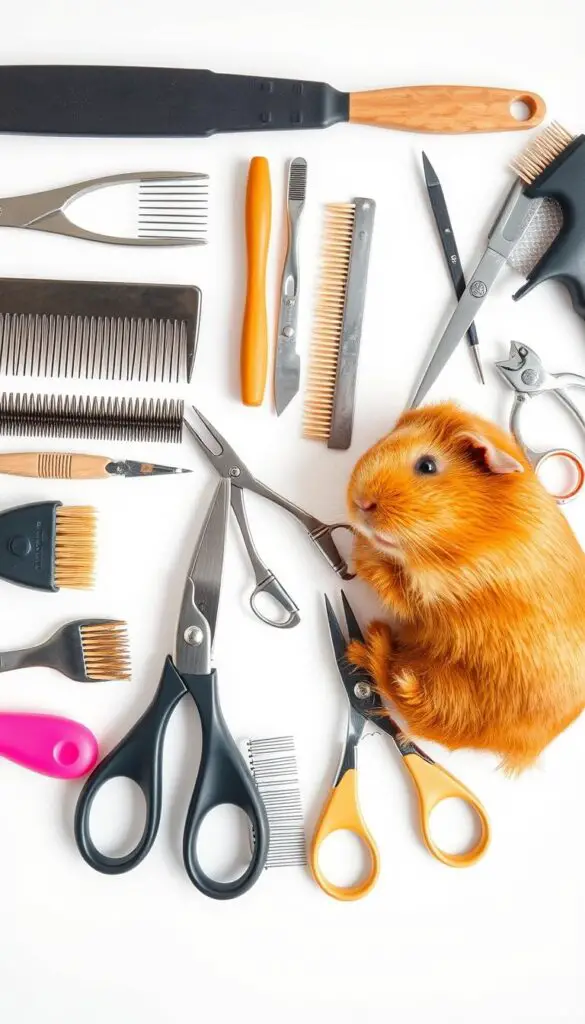
Maintaining your pet’s coat goes beyond aesthetics—it strengthens your bond while promoting skin health. Regular care prevents matting and helps you spot potential issues before they escalate. Let’s explore effective strategies to keep their fur in top condition.
Tools and Techniques for Daily Grooming
A Hair Buster Comb works wonders for gently lifting loose strands without tugging. Start at the head and brush toward the tail, following natural hair growth. Long-coated varieties need 5-7 weekly sessions, while short-haired pets thrive with 2-3 quick brushings.
Always groom on a non-slip surface like a towel-covered table. This keeps your companion calm and prevents jumps or falls. Check for flaky skin or redness during sessions—early detection makes treatment easier.
When to Bathe and When to Avoid Over-Bathing
Most pets stay clean through regular brushing and spot-cleaning with damp cloths. Reserve full baths for sticky messes or medical needs. Three annual baths usually suffice—overwashing strips protective oils, leading to dryness.
If bathing becomes necessary, use lukewarm water and small animal shampoo. Dry thoroughly with a soft towel, avoiding blow dryers. Pair bath days with extra treats to create positive associations.
Health Concerns: Ovarian Cysts, Infections, and Parasites
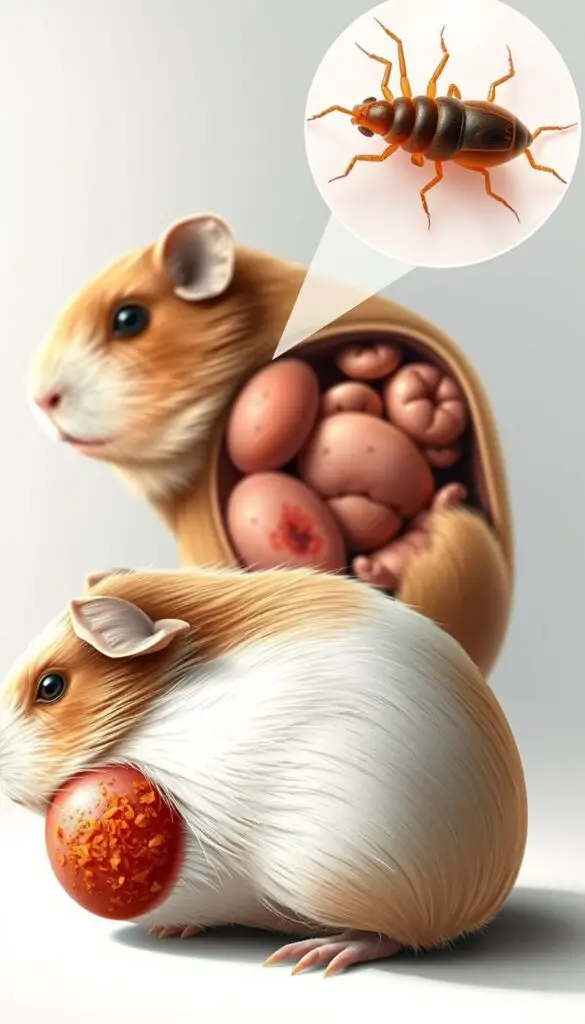
Your pet’s coat acts as a visible health diary. While some fur loss is normal, sudden changes often signal underlying conditions needing attention. Three main culprits—hormonal imbalances, skin invaders, and nutrient deficiencies—require different approaches for resolution.
Spotting Trouble Through Coat Changes
Older females may develop ovarian cysts causing matching bald patches on both sides. Look for crusty nipples and discomfort when touched. These fluid-filled sacs affect hormone balance, often requiring ultrasound confirmation and specialized treatment.
Fungal infections like ringworm create expanding hairless circles with flaky edges. Starting around the face, these patches spread quickly if untreated. Mites cause relentless itching—your pet might scratch until raw spots appear. Both conditions spread easily to other animals.
| Condition | Key Signs | Action Needed |
|---|---|---|
| Ovarian Cysts | Symmetrical baldness, swollen abdomen | Vet ultrasound |
| Fungal Infection | Circular patches, dandruff-like flakes | Antifungal cream |
| Mite Infestation | Scratching, scabs on skin | Parasite treatment |
Never ignore hair loss paired with behavior changes. Lethargy or reduced appetite alongside skin issues often indicates systemic problems. Early vet visits prevent minor issues from becoming emergencies—many treatments work best when started quickly.
Regular health checks help catch silent conditions. Gently part their fur monthly to inspect skin texture and coat density. Document changes with photos to show your vet—this visual timeline helps diagnose faster.
Do Guinea Pigs Shed? A Detailed Look at Breeds and Coat Types
Your pet’s fur type dramatically impacts home cleanliness and grooming routines. While all varieties renew their coats, the amount of loose hair varies widely between breeds. This knowledge helps you choose companions matching your lifestyle and allergy tolerance.
Fur Length and Texture Differences
Long-haired varieties like Shelties create soft tumbleweeds during seasonal changes. Their silky strands detach easily in spring, requiring daily brushing. Short-coated breeds maintain steadier shedding patterns with less noticeable fur accumulation.
Wire-haired pets surprise owners with minimal shedding. Their coarse fur clings tighter to follicles compared to smoother coats. Nearly hairless Skinny Pigs still shed faint fuzz from facial and foot tufts, while Baldwins stay completely fur-free.
| Breed Type | Shedding Frequency | Seasonal Peaks |
|---|---|---|
| Long-haired | Heavy in spring | March-May |
| Short-haired | Moderate year-round | Mild spring/fall |
| Hairless | Almost none | N/A |
Allergy sufferers should note: dander production occurs in all breeds. Regular cage cleaning becomes essential regardless of fur length. Pair your breed choice with proper grooming tools for harmonious coexistence.
Expert Advice and When to Consult Your Veterinarian
Knowing when to seek professional help ensures your pet stays happy and healthy. While some fur changes are normal, certain signs demand immediate attention. Trust your instincts—you know your companion better than anyone.
Warning Signs That Indicate Medical Issues
Persistent bald spots or crusty skin often signal deeper problems. If scratching becomes frantic or you notice open sores, schedule a vet visit within 48 hours. Weight loss paired with fur changes usually means systemic issues needing expert evaluation.
Watch for lethargy or sudden aggression—these behavioral shifts often accompany pain. Our guide on shedding patterns helps distinguish routine changes from red flags. Nutritional deficiencies might require diet adjustments, while infections need targeted treatments.
Always consult a veterinarian if symptoms last beyond three days. Early intervention prevents minor issues from becoming emergencies. Your observant care combined with professional expertise creates the best outcomes for your furry friend’s health.

